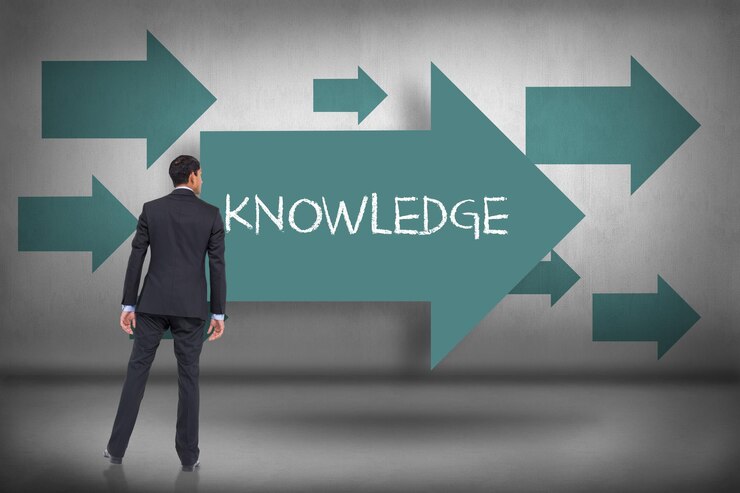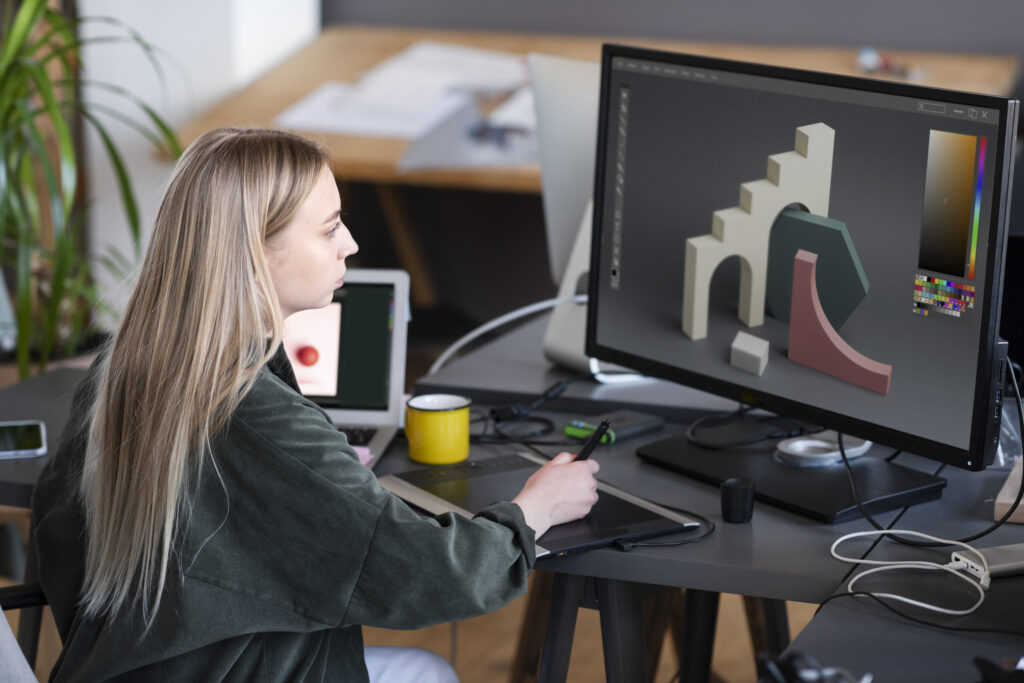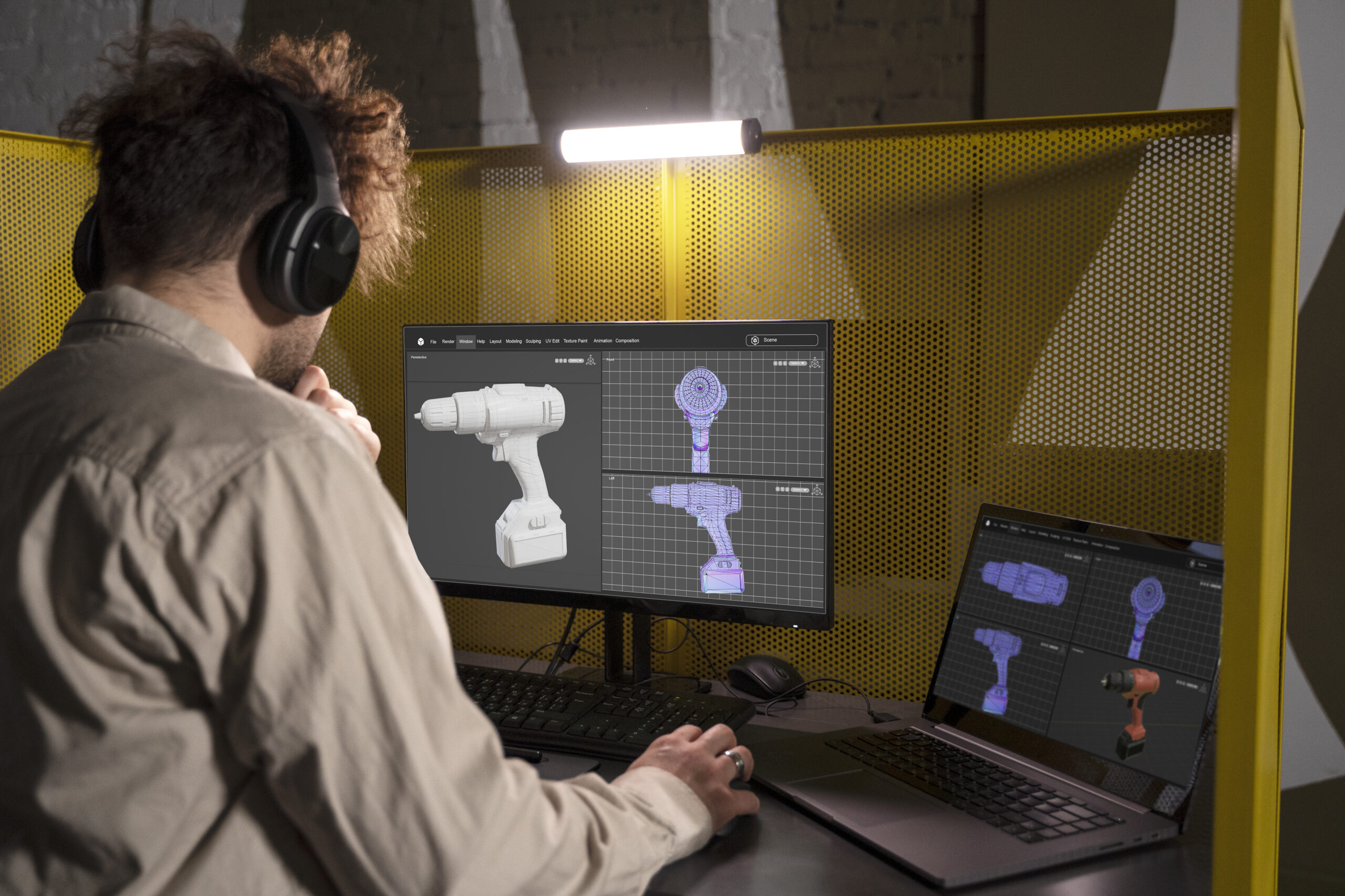5 Essential Animation Concepts to Boost Your Creative Projects
With its ability to vividly bring people, settings, and stories to life, animation is a potent storytelling tool. Knowing the fundamentals of animation, regardless of experience level, can revolutionize your artistic endeavors. These ideas form the basis of visually stunning animation, allowing you to add nuance, feeling, or resonance to your creations. We’ll go over five key animation concepts in this article that will help you take your work to the next level.
Table of Contents

Place and Timing:
The rhythm and flow of movement in animation are determined by timing and spacing, which are essential elements. To put it simply, timing is the amount of time that an action lasts, and spacing is the distance that passes between each frame. Animators may give their characters a sense of weight, personality, and realism by perfecting timing and spacing.
In actuality, timing can change based on the action that is being depicted. For instance, fewer frames may be needed to capture the intensity of a rapid, fast movement, while more frames may be needed to emphasize a slow, deliberate action. In a similar vein, distance is essential for expressing movement’s pace and trajectory. Animators can produce dramatic, stylistic effects or smooth, flowing action by varying the keyframe spacing.
Take the well-known animation of the bouncing ball, which is a staple in animator training. Animators may give the ball a personality that ranges from playful to contemplative by carefully adjusting the timing and spacing of each bounce. An animator’s ability to manipulate timing and spacing is what enables them to give their characters life and draw viewers into vibrant, dynamic environments.
Bend and Twist:
A key idea in animation is “squash and stretch,” which gives objects and people more elasticity and flexibility. This method emphasizes an object’s deformations to communicate momentum, weight, and impact. Animators can add a sense of vigor and energy to their animations by extending objects during movement and squashing them upon impact.
Squash and stretch work especially well to enhance character expressiveness and communicate the laws of motion. To simulate the forces of gravity and inertia, consider how a bouncing ball can be stretched vertically as it gathers momentum and squished as it hits the ground. In a similar vein, exaggerating a character’s face expressions with squash and stretch can heighten humorous or dramatic effect and accentuate emotions.
Animators may give their animations a dynamic, organic quality that captivates viewers and improves storytelling by mastering the squash and stretch techniques.

Follow-Through and Anticipation:
Realistic and captivating animations require the use of anticipation and follow-through. Preparing the audience for an impending action by introducing a smaller, opposing movement beforehand is known as anticipation. By creating a sense of suspense and expectation, this tactic increases the impact and satisfaction of the next action.
For instance, a character may squat down or bend their knees to indicate that they are about to jump. The audience’s anticipation is heightened during this brief period of suspense, and the event that follows is given more weight. In contrast, follow-through simulates the momentum and inertia of real-world physics by permitting characters or objects to continue moving after the primary action has concluded.
An immersive, dynamic, and grounded sequence can be produced by animators through the use of anticipation and follow-through.
Arcs:
In order to achieve realistic, organic motion in animation, arcs are necessary. Whether it’s a pendulum swing, an object being hurled, or the path of a moving character, almost all movement in the physical world follows an arc. The use of arc-based motion allows animators to produce believable, organic, and flowing animations.
The movement arcs of objects or characters must be taken into account when animating them. A ball might trace a curved route as it flies through the air, or a character’s arm might make a smooth arc as it reaches out to grab something. Animators can produce aesthetically beautiful and harmonic animations by lining up movements with natural arcs.
Comprehending and utilizing the fundamentals of arcs can transform animations from rigid and mechanical to flexible and dynamic, augmenting the overall caliber and authenticity of the work.

Overstretching:
In animation, exaggeration is a useful technique for highlighting movements, feelings, and facial expressions. Artists are able to produce animated works that are memorable, captivating, and expressive by exaggerating face expressions, gestures, and movements beyond practical limits.
Animators can more effectively communicate feelings and intentions through exaggeration, which gives viewers a deeper connection to characters and activities. Exaggeration, whether in the form of a slight facial twitch or an extravagant bodily move, can give animations personality and energy, transforming them from ordinary to remarkable.
Exaggeration must, however, be used sparingly and in a way that balances its overall tone and aesthetic with the animation. An animation may seem flat and lifeless if there is too little exaggeration, or it may seem cartoonish or gimmicky if there is too much. Exaggeration is a skill that involves practice, experimentation, and a deep comprehension of character and narrative.
Exaggeration, when used sparingly, gives cartoons vitality and a deeper emotional, dramatic, and humorous quality that appeals to viewers on a deeper level.

Animation Concepts:
Your creative ideas can go from ordinary to amazing if you can master these five fundamental animation concepts: timing and spacing, squash and stretch, anticipation and follow-through, arcs, and exaggeration. Understanding the underlying ideas of these techniques and carefully incorporating them into your animations can help you produce works that enthrall, inspire, and amuse viewers of all ages. Brilliko Institute of Multimedia provides best education regarding animation concepts. Now go ahead and let your imagination run wild as you use these animation concepts as a roadmap to achieve amazing animation!




